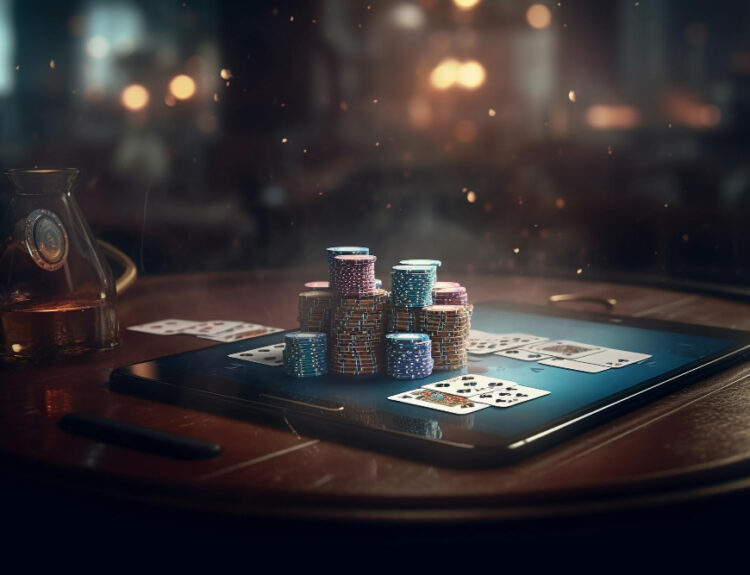Are you looking to recreate the magic of yesteryears by constructing your very own retro game room? This revival not only brings back a nostalgic touch to modern living spaces but also serves as a central hub for timeless entertainment. Whether it’s for reliving childhood memories or introducing classic games to a new generation, setting up a retro game room is an exciting journey back in time. In this guide, we’ll walk you through essential steps and tips to design the ultimate nostalgia-filled gaming sanctuary.
Step 1: Choosing Your Space
The first step in creating your retro game room is selecting the right space. Ideally, you want a room that’s comfortable, spacious enough to accommodate your gaming setup, and isolated from daily household disturbances. Basements, spare bedrooms, or even a sectioned-off area in a large living room can work perfectly.
Step 2: Picking Your Theme
Next, decide on a theme. Will your game room feature a mix of all things retro, or will it pay homage to a specific era, like the neon-lit arcades of the ’80s or the pixelated charm of the ’90s? Your theme will guide the décor, choice of furniture, and the games themselves.
Step 3: Gathering the Essentials
With your space and theme set, it’s time to gather the essentials. Here’s a list of items to consider:
- Gaming Consoles: Vintage consoles like the NES, SNES, Atari, or Sega Genesis are a must. Don’t forget to include a modern console that supports retro gaming.
- Games: Curate a collection of iconic games, either physical cartridges or digital downloads, depending on your setup.
- Television and Sound System: A CRT TV is ideal for authenticity, but an HD TV with a sound system works for a modern take.
- Comfortable Seating: Consider bean bags, gaming chairs, or a comfy couch that suits the room’s layout and theme.
- Decor: Neon signs, posters of classic games, and memorabilia enhance the retro vibe.
Step 4: Organizing Your Collection
A neat and organized game room enhances the experience. Use shelving units or custom cabinets to display and store your games and consoles. Labeling and categorizing by genre or system can help keep things both aesthetic and functional.
Step 5: Adding the Final Touches
Your retro game room wouldn’t be complete without some final touches:
| Element | Ideas |
|---|---|
| Lighting | Lava lamps, LED strips, or arcade marquees to create ambiance. |
| Accessories | Game-related figurines, vintage gaming magazines, or a popcorn machine for snacks. |
| Entertainment | A mini-fridge stocked with beverages, a classic popcorn machine, or a snack bar. |
Conclusion
Creating a retro game room is a fulfilling project that not only pays tribute to the golden age of gaming but also offers a unique form of entertainment for friends and family. By following these steps and injecting your personal flair, your game room will surely be a hit. Remember, the essence of a retro game room lies not only in the games but in the memories and experiences they evoke. Happy gaming!






